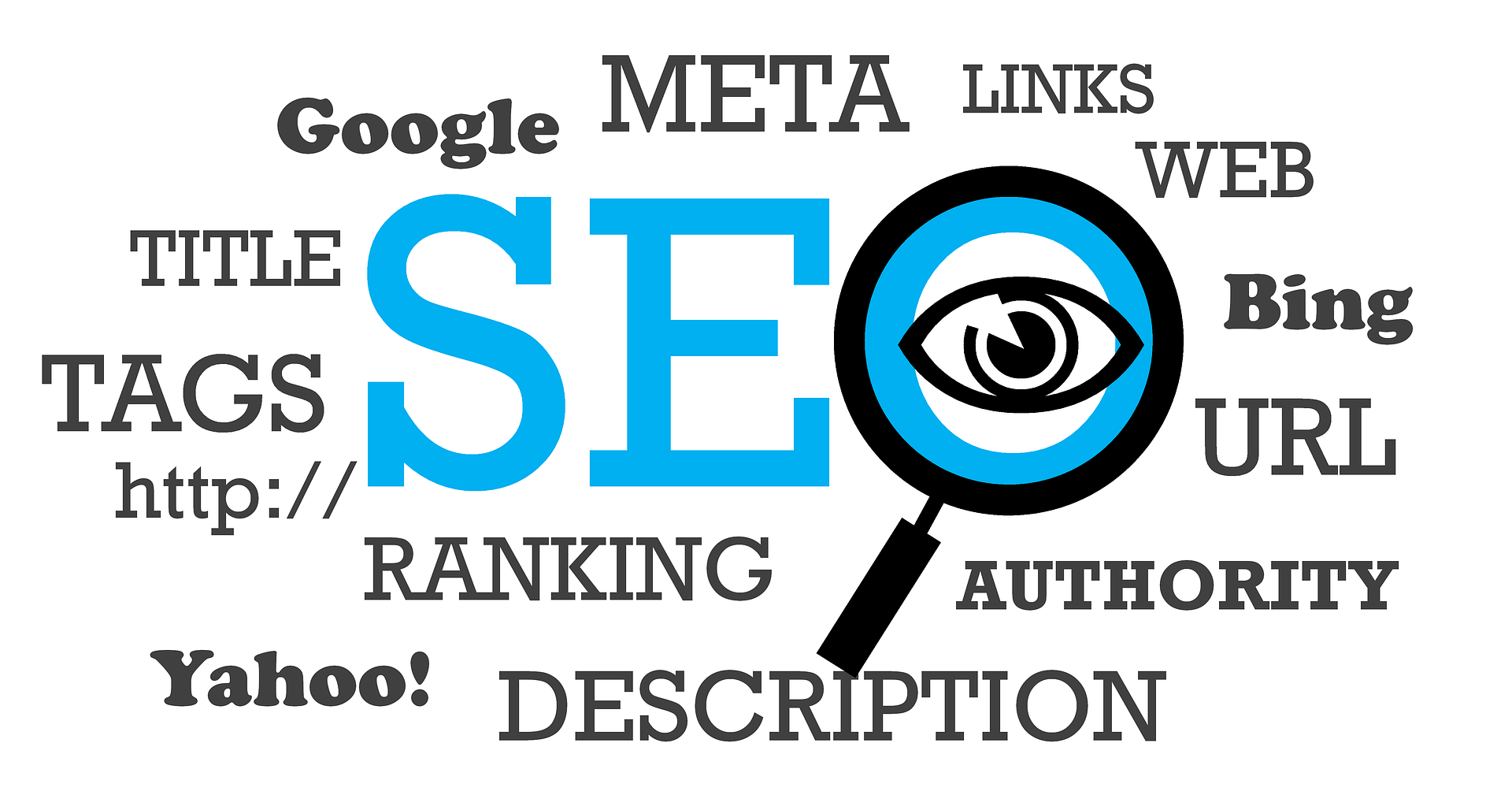Ofcom released the 2015 edition of the Communication Market Report, which reveals many interesting and surprising communication statistics that are important for both digital marketing and ecommerce.
The statistics reveal a lot about how the UK public interact with each other, and with brands, online. This information is invaluable for informing where you should be focusing your digital marketing efforts, and how you can help improve your ecommerce website.
The full document is a pretty lengthy read, but we’ve collated some of the most important statistics which shed light on the digital world of the UK.
The Rise of Mobile
Smartphones have become a key device in our everyday lives. But the statistics on what they are used for in 2015 is still surprising, and can really help inform your marketing for mobile devices.

- Smartphones have become the most widely owned internet-enabled devices, present in 66% of households, with laptops at 65%
- The smartphone is now, for the first time, the device that internet users have chosen to be the most important for connecting to the internet
- Ownership of tablets has increased by 10% since 2014, which is the largest increase of all the internet-enabled devices
- 54% of households own at least 1 tablet
- Time spent online per user is higher on smartphones than desktops and laptops
- March 2015 saw users spend 58 hours 39 minutes browsing or using apps on smartphones on average, whilst spending 31 hours 19 minutes browsing on a laptop or desktop

Video has also become very popular online, with behemoths such as Amazon Prime and Netflix changing the way we watch TV shows and movies. But still, online clips on sites such as YouTube and Video prove incredibly popular amongst all age groups.
Some more specific video statistics:
- YouTube boasted 41.5 million visitors in March 2015
- 27.1 million of YouTube visitors were on an Android or Apple smartphone or tablet, with desktop and laptop visitors coming in behind at 24.9 million views
- Smartphones were twice as likely to be used to watch a short video clip than for programmes of a full-length.
As you can see below, smartphones aren’t just used for communication and internet browsing. Purchases, sharing photos, streaming music, video calling, and downloading apps are all very good reasons to ensure your brand is visible on mobile devices.

So if you don’t have a mobile-friendly website, it’s time to change that and get a responsive web design.
Internet usage and Digital Audiences
Your audience is online more than ever, and using many different devices. So where are you most likely to find them, and how much time are they spending?

As you can see in the table above, the internet usage on mobile phones has tripled since 2009. And when you consider the huge audiences that search engines have, it’s hard to ignore that an SEO strategy is almost vital in order to get your brand into the first pages.
Search audiences in 2014:
- Google Search – 39.6 million across all platforms; 83% active reach
- Microsoft’s Bing – 17.3 million; 36% active reach
- Yahoo Search – 14.0 million; 29% active reach
It’s also worth noting that whilst Google has dominated the market, Bing and Yahoo are not to be ignored. And whilst Google has this dominance, it wouldn’t be surprising if other search engines closed in as people become more aware of alternatives, and the search algorithms of competitors improve.
Mobile Advertising
Online advertising has become a powerful way of connecting with audiences for many brands, but many are still neglecting mobile advertising. But with these new statistics, it’s hard to ignore that other brands have seen the light, and see mobile as a very important advertising revenue.
Mobile display advertising almost doubled from 2013 to 2014, growing by 96% – from £424m to £769m.
UK digital advertising rose by 15% to £7.2bn in 2014, with digital advertising accounting for 39% of UK advertising expenditure in 2014. So much so, that the mobile advertising expenditure has tripled from 2012 to 2014.
Ecommerce
Ecommerce is booming, and there’s never been a better time to sell online. More people are happily shopping online, and from more devices than before.
As for the ecommerce giants in the UK, you can see below that Amazon dominates with an audience of 32.1 million, followed by eBay with 28.2 million, and Argos coming in at 14.1 million.

As for the different devices used, the usage of smartphones to make a purchase is up to 26% of mobile internet users in March 2015, including using it at point-of-sale. This goes against anyone who considers that people will only buy items on their laptop or desktop, and that mobile advertising was a waste of time. With over a quarter of mobile internet users making purchases there, this says otherwise.
Not only this, but the public are also using their mobile devices to find store locations and shop offline. Perhaps this isn’t as measurable on a daily basis, but it’s worth thinking about when you begin your marketing or advertising campaign.

On top of this, 45% of smartphone owners use their phones for broader transactional purposes, including online purchases and banking.
Social Media
More of the UK public are getting social online than ever. 70% of online adults have a social media profile of some sort, which is an increase from 66% back in 2013.
Furthermore, 56% of online adults in the UK use social networking sites, with 44% using them on a weekly basis

The top 3 platforms for social networking reach are:
- Facebook (40.7 million unique visitors in the UK, which is 86% of the total digital population)
- Twitter (21.6 million unique visitors)
- LinkedIn (20.7 million and 44%)
As you can see in the graph below, Google+ manages an audience of 20.2 million, just behind LinkedIn. Instagram also follows up closely behind the big players, with 14.1 million, although it is now owned by Facebook. Pinterest manages a respectable 9.4 million, and Myspace is still in the game with 6.1 million.

What’s also interesting, is that more people accessed Twitter, Instagram and Pinterest on mobile devices than on desktop and laptops in March 2015.
So there we have it, another annual round-up of the latest digital statistics which cover areas from ecommerce, social media, and online marketing.
These statistics have certainly proved that the future of digital marketing and ecommerce is getting more predominantly mobile, which means mobile marketing has become a necessity rather than a nice addition. If you don’t already have a mobile-friendly responsive web design, then you could be missing out on a lot of business, and sending your customers on mobile devices directly to your competitors.
It also proves that the UK audience is becoming more connected wherever they are, and also much more social online. There are now more ways than ever to connect with your key audiences, with email being only one of many channels to get in touch. It also means that mobile advertising should be considered much more seriously than it may have been before.
The UK public is also becoming much more tech savvy,with more people feeling confident in shopping online on their mobile, use mobile payments, and even use their phone to pay for items in stores. This is surely going to grow once Apple Pay becomes more widespread, alongside Android Pay, Samsung Pay, and other alternatives.
Whilst technology evolves and more people begin to use new devices, it directly impacts how brands can market to consumers, and how willing people are to shop online. The good news is that it’s easier than ever to find your audience, and more people are willing to spend their money online.








